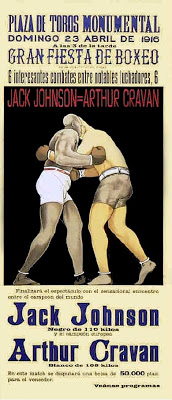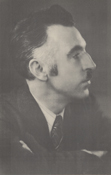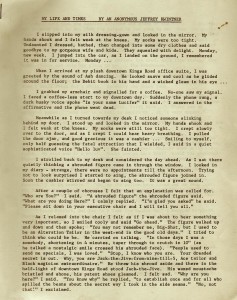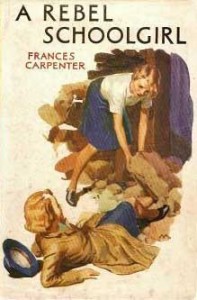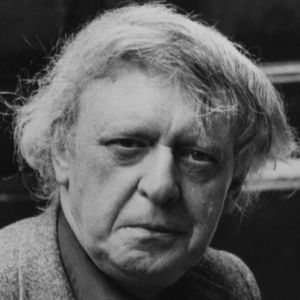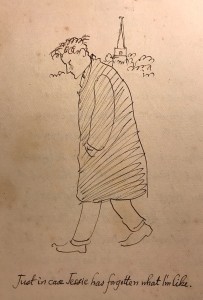 Found– Moonlight at the Globe;: An essay in Shakespeare production based on performance of A `Midsummer Night’s Dream at Harrow School (Joseph, London 1946). It was written by Ronald Watkins O.B.E. a drama teacher who at the time of the book was working at Harrow. This copy bears a signed presentation from the book’s illustrator Maurice Percival (to ‘Ted and Jessie’) with a letter in an excellent italic hand and an attractive self portrait drawing – both on Harrow School Art School notepaper. Percival illustrated 2 other books with text by Watkins- both on Shakespeare.
Found– Moonlight at the Globe;: An essay in Shakespeare production based on performance of A `Midsummer Night’s Dream at Harrow School (Joseph, London 1946). It was written by Ronald Watkins O.B.E. a drama teacher who at the time of the book was working at Harrow. This copy bears a signed presentation from the book’s illustrator Maurice Percival (to ‘Ted and Jessie’) with a letter in an excellent italic hand and an attractive self portrait drawing – both on Harrow School Art School notepaper. Percival illustrated 2 other books with text by Watkins- both on Shakespeare.
Percival falls beneath the Wiki radar but there is scattered information on the web and an interesting press cutting about him loosely inserted in the book. This is from The Daily Telegraph Peterborough column in 1958 and was occasioned by an exhibition of 240 of Percival’s drawings of Roman scenes at Richmond Central Library. The article notes that he had been teaching art at Harrow (1945-1954), formerly at Malvern and as a locum for Wilfrid Blunt at Eton. Peterborough also writes that MP admits to being ‘quite non-plussed when confronted with nature’ and ‘wildly inaccurate..few artists care to make either claim.’ The exhibition also had a photograph of King Faisal II as a schoolboy at Harrow ‘doing some italic writing.’ Presumably the ill fated king* was taught by MP, something of a calligrapher as well as a fine draughtsman.
*He had just been executed at the age of 23.

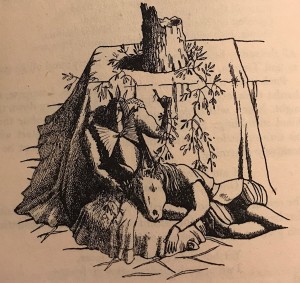
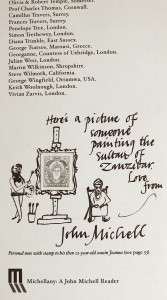

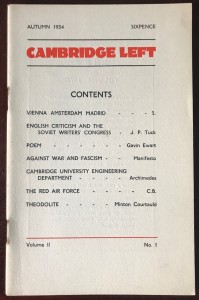
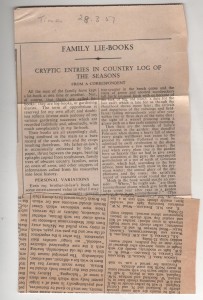
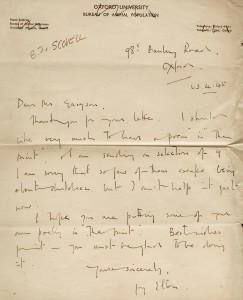

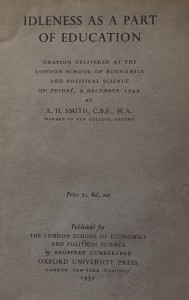 delivered at the London School of Economics in December 1949 by A.H. Smith, the warden of new College Oxford.
delivered at the London School of Economics in December 1949 by A.H. Smith, the warden of new College Oxford. 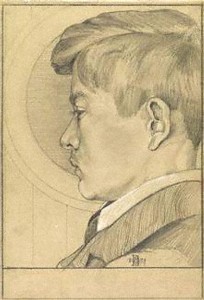 Found –Life (Dent, London 1921) a
Found –Life (Dent, London 1921) a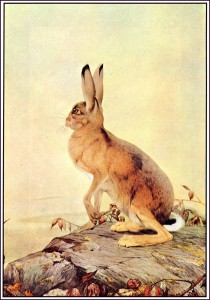
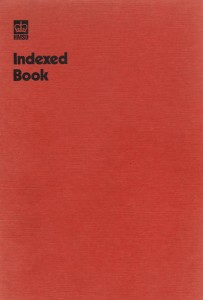 Most of the Common-Place books you find in auctions or second-hand bookshops date from the nineteenth century—usually before about 1860—and are dull, dull, dull! They invariably contain passages from history books, books of sermons, and extracts from poems by Felicia Hemans and Robert Southey. Often they are illustrated by amateurs who like to think they can draw. Occasionally there are exceptions to this rule, but these rarely surface. So it’s nice in this Age of the Internet to find a Common –Place book that contains some information that is not always easy to find using Google. Such is the volume that we at Jot HQ discovered in a box of ephemera the other day.
Most of the Common-Place books you find in auctions or second-hand bookshops date from the nineteenth century—usually before about 1860—and are dull, dull, dull! They invariably contain passages from history books, books of sermons, and extracts from poems by Felicia Hemans and Robert Southey. Often they are illustrated by amateurs who like to think they can draw. Occasionally there are exceptions to this rule, but these rarely surface. So it’s nice in this Age of the Internet to find a Common –Place book that contains some information that is not always easy to find using Google. Such is the volume that we at Jot HQ discovered in a box of ephemera the other day.



